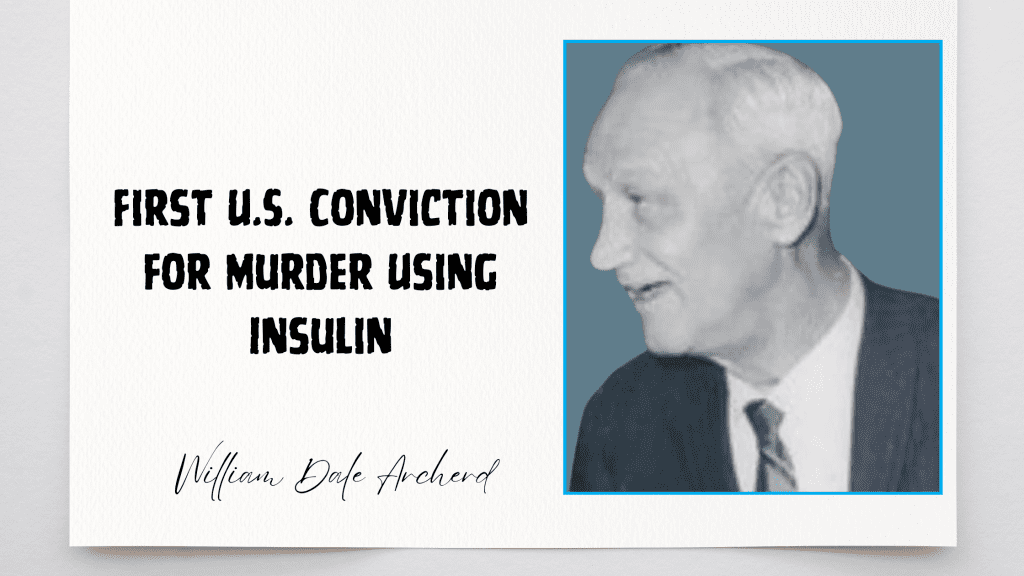Solving the crimes of serial killers requires more than intuition—it demands meticulous forensic science, unshakable resolve, and an unwavering commitment to justice. This article explores how Crime Scene Investigation unravels the secrets of serial killers, using real cases and insights from forensic experts to reveal the hidden battles fought in labs and at crime scenes.
The Forensic Blueprint: How Evidence Traps Serial Killers
Forensic scientists play a pivotal role in linking serial killers to their crimes. Their work begins at the crime scene, where every hair, fiber, or drop of blood can become a silent witness.
Case Study: Angelica Clink
Forensic experts recovered Angelica’s body from beneath church floorboards in Glasgow. By analyzing blood patterns and trace evidence, they linked her murder to Peter Tobin, a serial killer later convicted of killing two other women. The painstaking recovery of DNA from her body proved critical in dismantling his decades-long evasion.
The Bin Shed Tragedy
In another harrowing case, a young boy’s body was found buried in a bin. Forensic teams methodically sifted through debris to recover skin flakes and fibers, ultimately tying the crime to a convicted pedophile.
Key tools like DNA profiling and blood spatter analysis transform chaotic scenes into narratives that speak to investigators.
Challenges at the Scene: When Every Second Counts
Crime scenes involving serial killers are often chaotic, concealed, or contaminated. Forensic teams face unique hurdles:
Preserving Evidence:
Moving a body can destroy blood patterns or redistribute fluids. In Angelica’s case, investigators squeezed through a trapdoor to examine her body in situ, avoiding contamination.
Emotional Toll:
Recovering a child’s body from a bin or analyzing a sexual assault case requires compartmentalization. As one expert shared: “You can’t let the horror take over—or you’d never sleep again.”
Read more: Profiling Violent Crimes: Decoding Modus Operandi vs. Signature
TV vs. Reality:
Unlike TV dramas, forensic work is slow and collaborative. Teams spend hours scouring dark carpets with flashlights, not magically glowing bloodstains.
The Silent Revolution: DNA and the Future of Forensics
DNA analysis has revolutionized crime-solving, but the next leap is even more transformative:
Source Identification:
Soon, scientists may be able to pinpoint whether DNA comes from skin cells, saliva, or other bodily fluids—crucial for sex crimes.
Rapid Testing:
Portable devices could analyze blood at scenes within hours, bypassing lab delays.
Predictive Profiling:
Advances might reveal suspects’ physical traits (eye color, age) from DNA alone.
These tools are closing gaps exploited by serial killers like Tobin, who evaded capture for years.
The Human Element: Why Forensic Scientists Persist
Behind the science lies a mission larger than evidence:
Closure for Families:
Solving cases like Angelica’s not only brought her killer to justice but also uncovered two other victims, giving their families answers after 20 years.
Preventing Future Crimes:
As one expert noted: “You can’t undo the past, but you can stop a killer from striking again.”
Despite the emotional weight—sleepless nights reliving crime scenes or the image of a three-month-old baby’s autopsy—the reward lies in justice served.
Conclusion: Lighting the Path to Justice
Crime Scene Investigation is the backbone of serial killer cases, blending science, grit, and empathy. From cramped bin sheds to historic church floors, forensic teams turn chaos into clarity, ensuring that predators like Peter Tobin face accountability. As technology evolves, so does the promise of a world where no killer hides forever.




